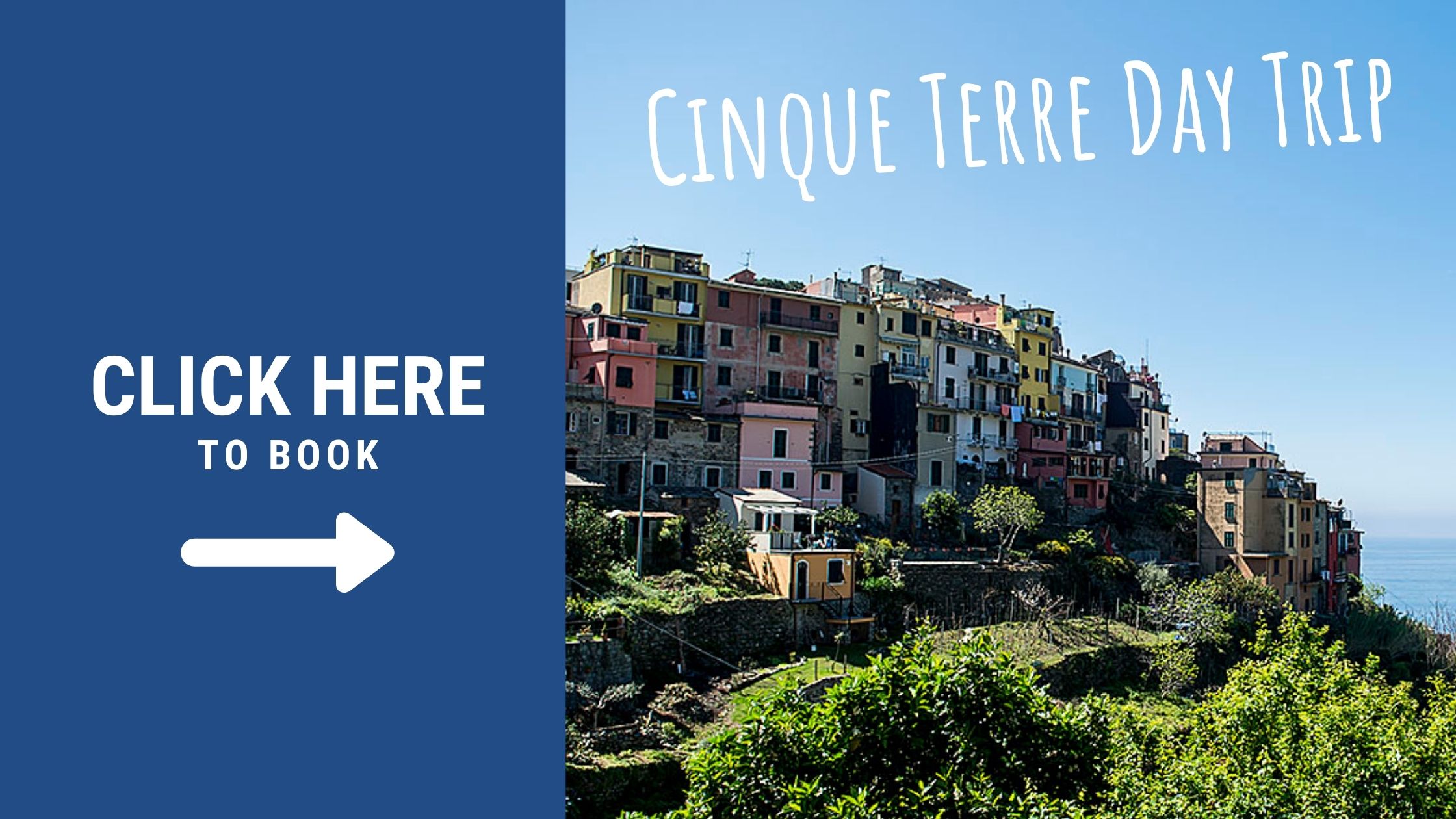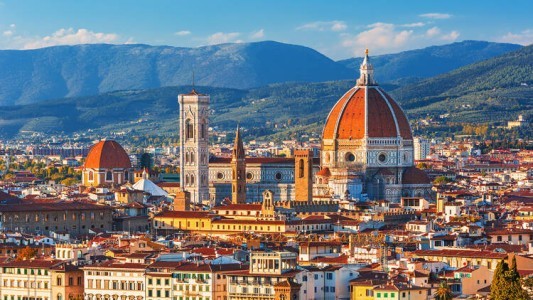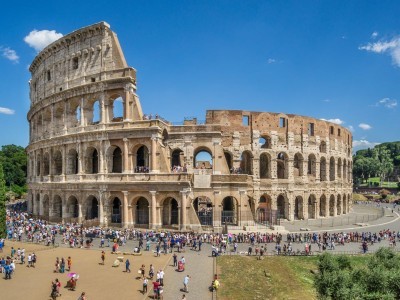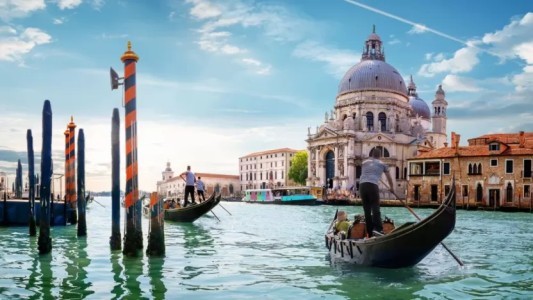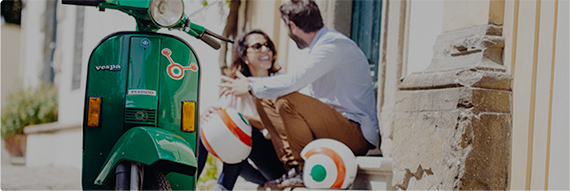A Guide to the Cinque Terre Towns of the Italian Riviera
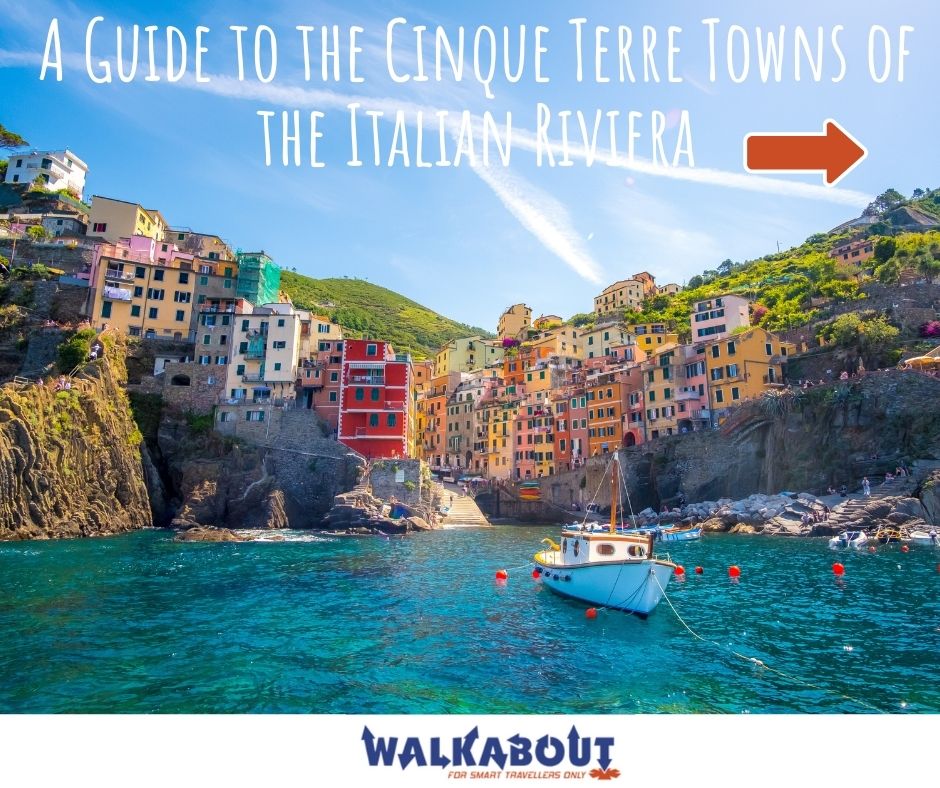
To anyone who’s visited the spectacular Italian region, the name ‘Cinque Terre’ conjures up breath-taking views, a magical ambience and an experience you can never forget. To those who haven’t yet discovered this beautiful place, you’re truly in for the trip of a lifetime.
Sitting right at the top of countless bucket-lists of people from all over the world (and, indeed, Italians themselves), exploring the five Cinque Terre towns will never fail to live up to expectations. Each of them is completely different, providing something new and often unexpected to happen upon as you stroll the charming streets.
The five Cinque Terre towns are:
Corniglia
Manarola
Monterosso al Mare
Vernazza
Riomaggiore
These five towns, and the rugged coastal trail that links them, form one of the most-photographed (and Instagramed) destinations on the planet, with the jaw-dropping scenery gracing the covers of magazines, books, brochures and travel guides. Even if the incredible far-reaching views aren’t enough of a temptation (believe us, they should be!), there is so much history, culture and, of course, food to enjoy that it really does come under the old holiday cliché of, ‘something for everyone’.
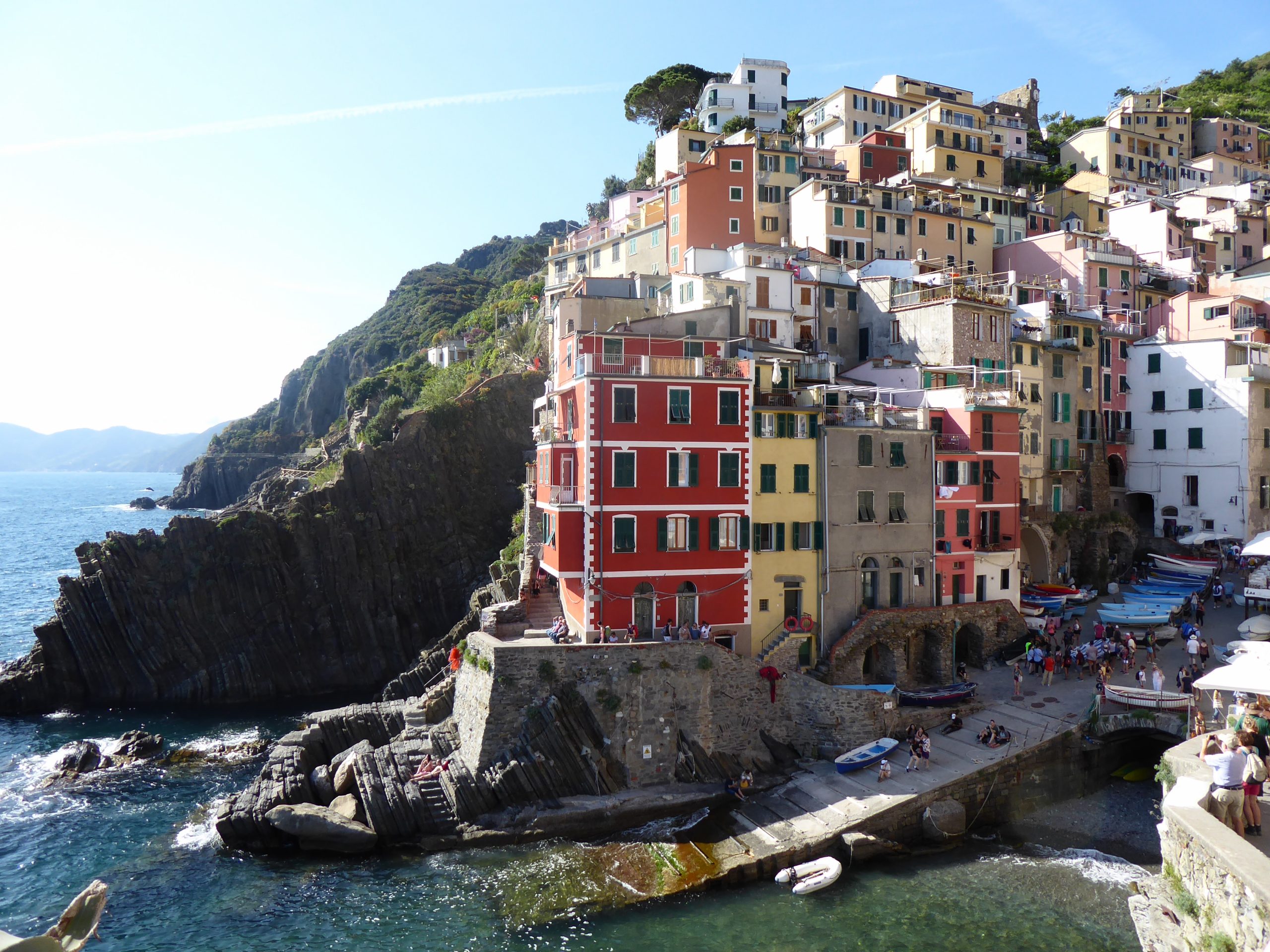
An Accessible Dream Destination
Unlike some of the world’s most sought after travel destinations, exploring the Cinque Terre towns is a highly achievable dream to tick off that bucket-list, with most people choosing to visit on a day trip from Florence. There are multiple ways of getting there, including train and bus, but to make the most of the time you have, we highly recommend a small group organised tour. Depending on your ability and wants, you can choose the optional hike along the trail between the towns or, alternatively, take the train. Having a friendly local guide to take care of all the details allows you to simply sit back, relax and enjoy the drive there, then be assured you won’t miss out on any of the highlights of the area. What could be better?
You can pretty much visit at any time of year, with each season providing its own advantages. While naturally summer is the warmest time, with seemingly endless sunshine, it’s also the busiest, so bear in mind the trails and the towns themselves can get quite busy at those times.
Top Tip: The shoulder season (in autumn) around September and October is generally considered the most pleasant and the crowds are a lot thinner.
The Five Cinque Terre Towns
The questions many people ask are which of these five gorgeous cliff-side towns is the best; the most beautiful; the one most worth visiting? There really is no definitive answer because each has its own very distinct personality. Of course, once visited, most people will generally have a favourite for their own reasons, but the truth is everyone’s opinion will differ and it’s something you really have to discover for yourself.
Here’s an overview of each town to give you an introductory flavour and then, it’s over to you to book that trip…
Riomaggiore
Riomaggiore is the first village many people visiting the region see, having a southernmost location closest to La Spezia. It’s also the beginning of the famous Via dell’Amore, the coastal path that links the town to Manarola and onwards along the cliff edge. As its name suggests, the path is renowned for its romantic ambience and, as always, those magical views. Nestled between vineyards and the sea, this picturesque village with its tiny marina and lively local atmosphere has a host of highlights waiting to be discovered.
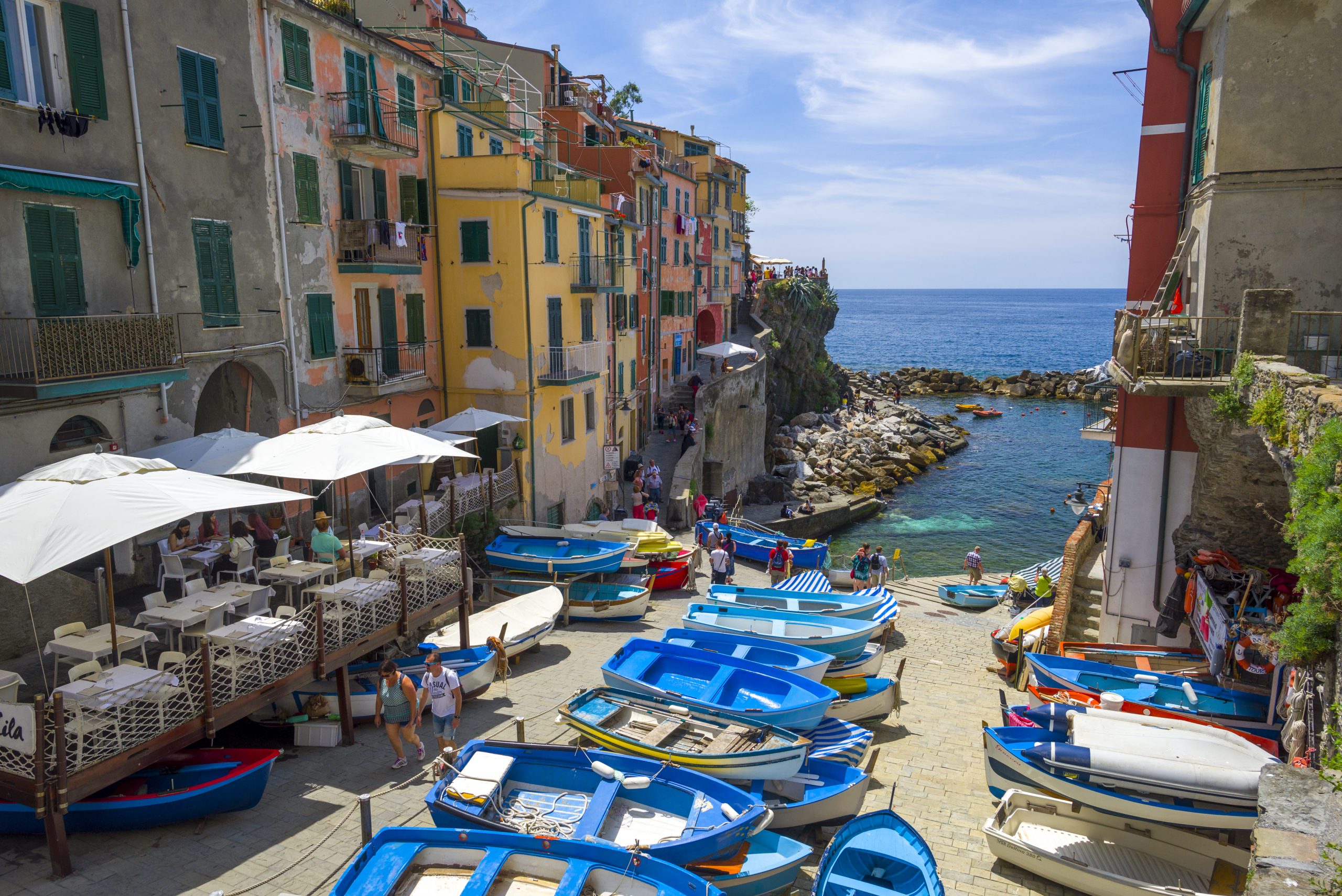
The town spills down to the harbour, its gelato-coloured houses appearing to balance precariously on the cliffs. Taking a stroll from the harbour will reveal its setting over the steep hillside, but there are plenty of opportunities to stop and enjoy the surroundings or refresh with a coffee. It is divided into three distinct areas, the train station, the bustling fisherman’s district and the town centre, connected by a series of underground tunnels. The tunnels are the easiest and most convenient way to get around.
Soak up the atmosphere of the main street, Via Colombo, which is filled with cafes, tiny artisan shops, bars, restaurants and the obligatory gelato shops, then set out to explore the rest of the town – happening upon the highlights often by accident! You’ll be able to see some wonderful architecture in the form of the sixteenth-century Oratorio di Santa Maria Assunta, and the fourteenth-century Gothic church of San Giovanni Battista. The interiors of both these are well worth a look, housing several important religious carvings and statues.
If you’re feeling energetic you can walk up to the ancient Sanctuary of Montenero, or head to the highest point of the village to see the medieval Castello di Riomaggiore to take in the sweeping views from the terraces. If you’d rather watch a slice of life without the climb, head to the fisherman’s district around the harbour and watch the comings and goings, or pop in for a dip on the small beach just beyond the port.
Manarola
Manarola is the most ancient of the five Cinque Terre towns and often features as a favourite. It is indeed extremely charming and romantic, perched at 70 metres on the cliffs, with its cheerily painted houses clustered closely together all the way down to the small harbour. While it lacks a real beach, the payoff is that you can enjoy wonderful opportunities to swim in the deep waters of the harbour.
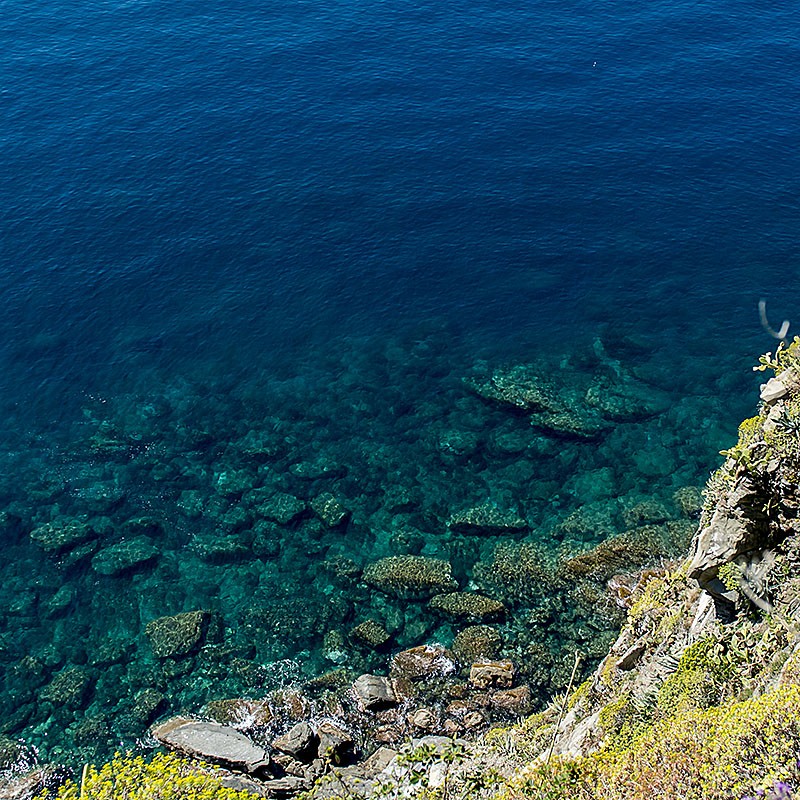
While the streets can get quite busy at peak times, the lively ambience is wonderful, particularly in the main Piazza Papa Innocenzo IV, where you can take your pick of cafes, bars and restaurants to relax and watch the world go by. Manarola is blessed with the most vineyards of all the villages, and its most notable product is the local wine, called Sciacchetra – so wine lovers should definitely make a point of sampling this sweet, delicious drop that dates back to Roman times. It’s a wonderful experience to stroll past the terraces of vineyards and then sip a wine overlooking the very place the grapes were grown.
A couple of the architectural highlights of Manarola are located very close to the piazza, so after a spot of lunch you can wander to the lovely Gothic Church of San Lorenzo and the Oratorio dei Disciplinati, which are both well worth a look (don’t miss the bell tower in the latter, which in ancient times was used as a lookout for pirates). A little further away, but offering simply staggering views, you can hike up to the Sanctuary of Nostra Signora della Salute to explore the Romanesque church constructed in the thirteenth century.
Something truly unique to Manarola happens in the months of December and January, when locals decorate the hillside with a huge nativity scene, which boasts more than 15,000 lights. It’s an unforgettable sight for the lucky ones who get to see it.
Corniglia
Corniglia might well be considered the ‘quiet achiever’ of the five Cinque Terre towns, being inaccessible by sea (although you can get down to the ocean via steps from the town centre) and generally less visited because of its geography. It sits 100m above the sea on a promontory and, possibly simply because it is the trickiest to get to, it has an extremely authentic and very local feel. That’s not to say the others don’t, but there’s something a little more laidback and unassuming about Corniglia. Surrounded by lush terraces of vineyards offset by the magnificent ocean backdrop, at times it almost seems like a place forgotten by time.
If you arrive on the train, you’ll need to navigate a steep set of steps to get you to the centre of the town, but once you arrive it’s most certainly worth it for the charm factor. The town centre is characterised by its tiny, narrow alleyways and pastel-coloured houses, jostling for space. And, while there are fewer of the restaurants, cafes and shops of the other towns, there is certainly no shortage of places to eat, drink (the local vino of course) and do a bit of people watching.
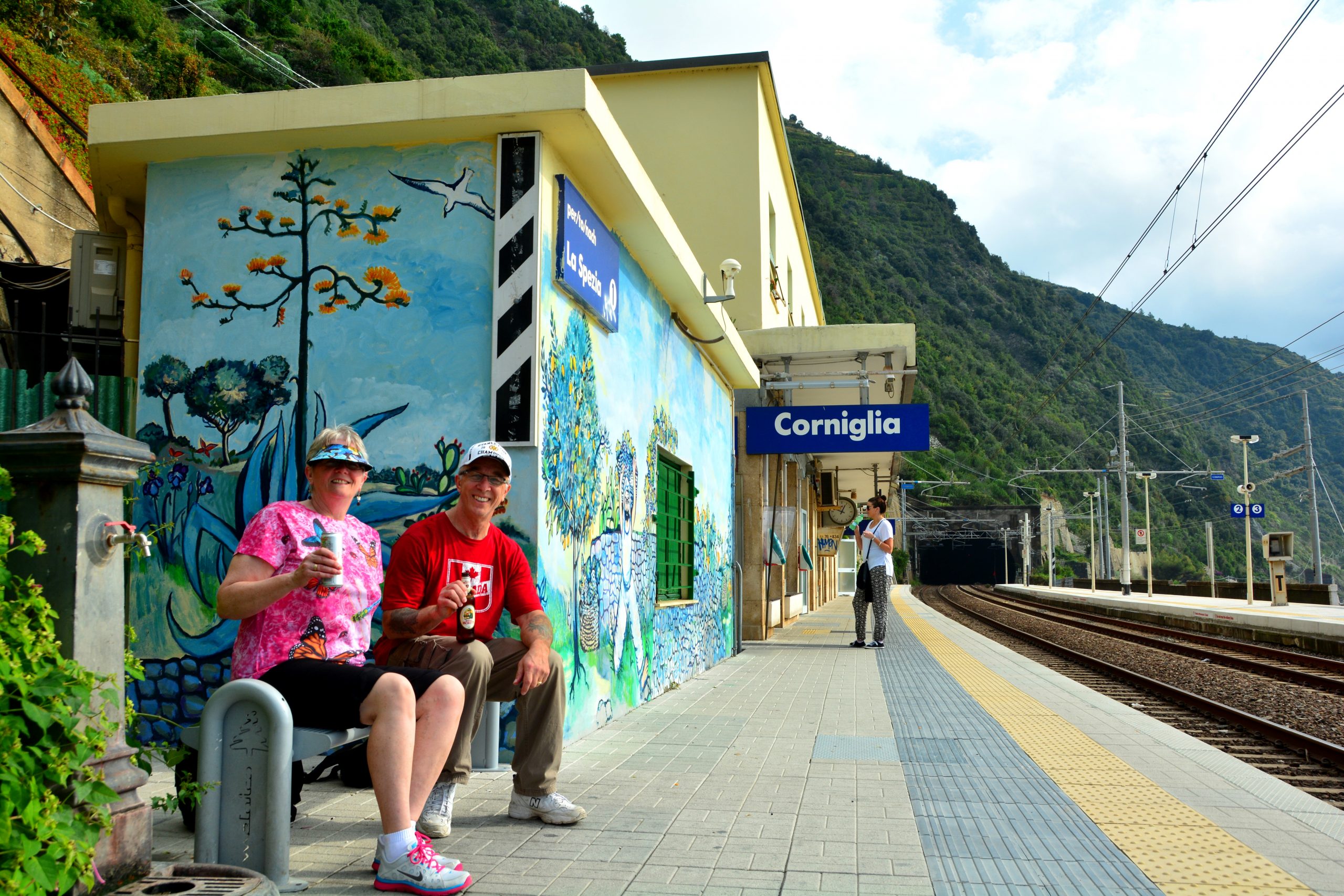
Despite its diminutive size, there are several architectural attractions you should make time for, including the Baroque Church of St Peter (look out for the stunning rose window) and the eighteenth-century Oratorio dei Disciplinati di Santa Caterina, with its magnificent painted ceiling. For superb views you can head up to Saint Mary’s Terrace and take in the endless panorama of perfection – including glimpses of the other towns.
If you fancy a dip, don’t worry; you can access the water by navigating the steep steps that take you down to a couple of off-the-beaten-path beaches. Spiaggione is quite close to the train station and wearing clothes in Guavo is optional, so be forewarned!
While some people leave Corniglia off their itinerary due to its location and lack of beach, those in the know would never risk missing out on this lovely little gem.
Vernazza
Ahh, Vernazza. This tiny, authentic fishing village truly epitomises the appeal of the five Cinque Terre towns. In terms of its beauty and character, it’s often cited as the pinnacle, and once you’ve wandered its quaint streets, ogled the gorgeous views and immersed in its compact history, it’s hard to argue with that conclusion.
From virtually every vantage point you’ll be able to catch a glimpse or a full frontal vision of the ocean, which provides a magnificent contrast to the multi-coloured houses, olive groves and lush mountainous backdrop that defines this stretch of coastline. Built around a natural harbour, many visitors arrive or leave by boat and this offers a completely different way to view the scenery – it’s highly recommended.
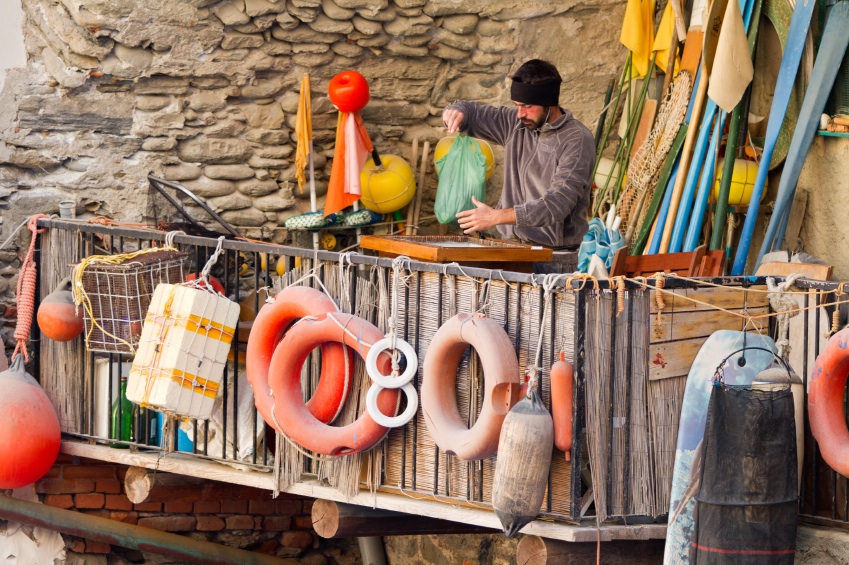
Despite being popular with visitors, because no traffic is permitted (aside from one morning a week) it maintains a lovely peaceful atmosphere. There are several bars and restaurants dotted around the harbour and plenty more lining the main street and tucked down tiny alleys in the village. The harbour area is particularly popular with people hopping in for a quick dip off the rocks, but there are also two very good beaches. One is right off Piazza Marconi and can be quite busy, but there’s another pebble beach in a more secluded location, which you can reach by walking through a rock tunnel.
Around the town you’ll find plenty of things to keep you interested in terms of culture and history. The medieval Doria Castle, with its Belforte Tower, presides over the town high on the hillside, and if you make the effort to hike up there (it’s quite close and certainly not too taxing), you’ll be amply rewarded by the views. Other points of architectural interest include the Roman Church of St. Margaret of Antioch, the seventeenth-century Church of Francesco, and the beautiful serene sanctuary, Nostra Signora di Reggio.
Monterosso al Mare
Monterosso is the largest of all the towns and has a vibrant atmosphere to match its colourful character. There’s plenty to see and do and it pays to allow enough time to make the most of it – particularly if you’re in the market to pick up some souvenirs. Set over a picturesque hillside, surrounded by terraced vineyards, olive and lemon groves, the village itself is divided into the ‘old’ and the ‘new’ sections by a tunnel and marked by a medieval tower.
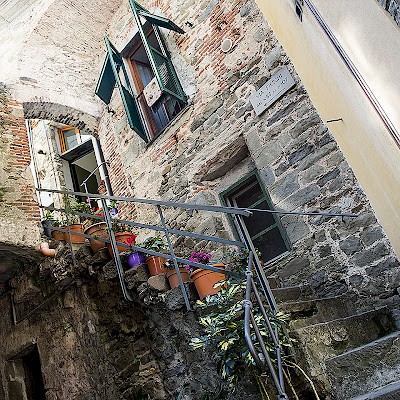
As you wander the slim medieval streets of the old town, stopping off in artisan boutiques, souvenir shops or perhaps a café for refreshment, you’ll feel the history seeping from its ancient pores. There are numerous architectural landmarks to keep an eye out for, in particular the marble Church of St. John the Baptist and something a little more modern, but no less impressive, the symbol of Monterosso, the statue of Neptune. While the 14-metre concrete statue (created in 1910) has surrendered both his arms to time and the sea, it still presents a striking sight on the rocks down by the ocean.
The town is home to the best beach in the region, Fegina, and at the end of this lovely sandy stretch is where you will see the above mentioned Neptune. It is well facilitated but does get quite busy, so if you’re looking for something quieter, there’s also a smaller pebble beach in the harbour.
While Monterosso is undeniably more developed and touristy than the others, it’s a wonderful place to visit and its modern edge certainly doesn’t detract from its traditional charm.
Everyone is different, so only you can decide which of these magical towns will end up being your favourite – but we look forward to introducing you to them!
We Are Walkabout Florence
Here at Walkabout Florence we’re proud of our long-standing reputation as one of the best and most trusted tour operators in the business. Our range of fantastic tours from Florence is authentic, fun-filled and designed to show you the culture, art, history and food of the region. With everything from Fiat 500 and Vespa tours to cultural tours and wonderful food and wine safaris, our friendly and passionate local guides will ensure you make the very most of your once in a lifetime experience.
